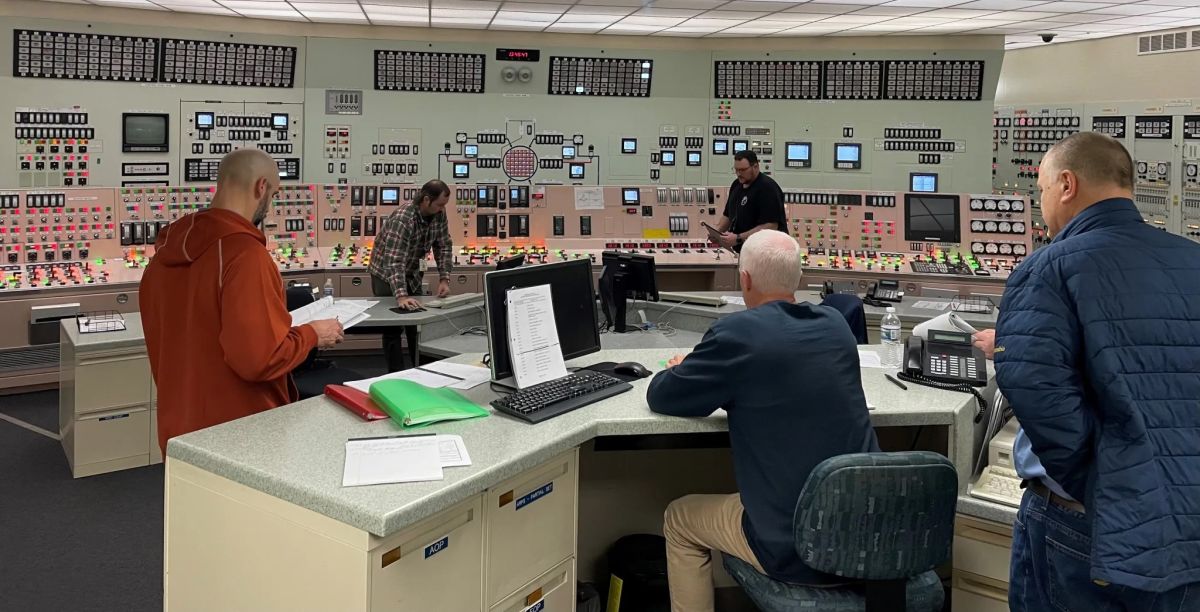The Final Safety Analysis Report (FSAR) for a nuclear power plant is the application for the operating license of that plant. The FSAR nuclear document is a critical instrument for documenting and maintaining nuclear safety, which is a top priority within the nuclear sector. This report comprehensively describes the facility in detail and the safety analysis that nuclear facilities must prepare and maintain, outlining the design, operation, and maintenance of a nuclear plant. This report is pivotal for demonstrating compliance with regulatory requirements set by the Nuclear Regulatory Commission (NRC), ensuring that nuclear plants operate within the safety parameters committed. As such, the FSAR stands not just as a document, but as a cornerstone of commitment to safety and regulatory adherence in the nuclear industry.
Understanding FSAR and Its Regulatory Importance
The FSAR is the cornerstone of a nuclear facility’s safety documentation. It encompasses detailed analyses that prove a nuclear plant’s design and operational plans can protect public health and safety, considering potential hazards and emergencies. The NRC inspects this document to ensure that every aspect of a nuclear plant’s operation meets stringent safety standards. However, the dynamic nature of the nuclear industry, coupled with ongoing technological advancements and regulatory requirements, necessitates periodic updates and revisions to the FSAR. This ongoing need for updates presents a significant challenge for FSAR management, requiring a solution that can handle complex data and ensure accurate, timely updates.
The Challenge of Keeping the FSAR Updated
One of the many challenges nuclear facilities face is keeping the Final Safety Analysis Report up-to-date in accordance with 10 CFR 50.71(e). Facilities are required to keep the report maintained and periodically updated in response to changes to the plant, changes to the licensing basis and reflect the effects of other analyses performed since the original licensing. Any plant modifications, whether physical alterations, changes in operation procedures, or updates to safety analysis assumptions, must be reflected in the Updated Final Safety Analysis Report (UFSAR). Such a task demands a thorough and disciplined approach to managing, reviewing, and revising nuclear safety documents. Moreover, the NRC regulations and guidelines are revised periodically, necessitating the continuous update of document folders within the UFSAR to guarantee continuous compliance. Navigating these changes efficiently while maintaining the integrity of the UFSAR is a daunting task that requires a comprehensive management strategy, mandatory for any nuclear facility.
Technological Solutions for Efficient FSAR/UFSAR Management
Managing UFSAR nuclear documents presents numerous challenges, notably in document authoring and production, file control, and electronic preparation of files for submittal to the NRC and meeting NRC expectations. In response to the challenges of UFSAR management, Certrec’s managed services for UFSARs offers nuclear facilities the tools they need to streamline the process of updating and maintaining their UFSARs. Our electronic document team has surpassed 100 successful electronic COLA, DCD/DCA, and UFSAR submittal-ready documents for our clients. With proven industry experience, we can manage a nuclear site UFSAR update for a fraction of a full-time equivalent and perform the task with high quality.
Certrec manages licensing documents efficiently and accurately, providing submittal-ready documents for customers that meet the NRC’s electronic submittal requirements. Nuclear facilities can enhance UFSAR management for their organization by utilizing Certrec’s UFSAR managed services to:
- Minimize the risk of NRC rejection and associated penalties.
- Liberate their team from the burdensome complexities of the process.
- Eliminate the need for employee retraining on infrequently performed, intricate tasks.
- Redirect your team’s focus toward strategic priorities.
Additionally, we leverage our SaaS workflow management solution, Taktix®, to eliminate paperwork from the process and streamline production. Our advanced software solution incorporates features such as change tracking, version control, automated notifications, and permission-based approvals, significantly enhancing the efficiency and accuracy of UFSAR management. We are also ISO/IEC 27001:2022 certified to ensure client data is backed up and protected. By adopting these technological tools, nuclear facilities can reduce the risk of non-compliance and improve their ability to update this important regulatory document.

Best Practices in FSAR Management
To effectively manage the UFSAR, nuclear facilities must adopt best practices that ensure accuracy, compliance, and safety. These practices include establishing a dedicated team responsible for UFSAR management, implementing a robust document control system, and engaging in continuous training for staff on the latest regulatory requirements and document management technologies. Additionally, it is crucial for facilities to foster a culture of transparency and proactive communication, both internally and with the NRC. Regular audits and reviews of the UFSAR, conducted by internal experts and external consultants, can further ensure that the document accurately reflects the facility’s current state and complies with all regulatory standards.
Conclusion
The management of the UFSAR is a critical component of nuclear safety and security, as well as keeping up with proper regulatory compliance in the nuclear industry. The complexities and challenges of UFSAR management demand a strategic approach, leveraging both technological solutions and best practices in document management. By embracing innovation and prioritizing the accuracy and integrity of the UFSAR, nuclear facilities can navigate the complexities of compliance with confidence. As the industry moves forward, the continued evolution of UFSAR management strategies will play a pivotal role in ensuring the safe and efficient operation of nuclear facilities worldwide.
Disclaimer: Any opinions expressed in this blog do not necessarily reflect the opinions of Certrec. This content is meant for informational purposes only.












